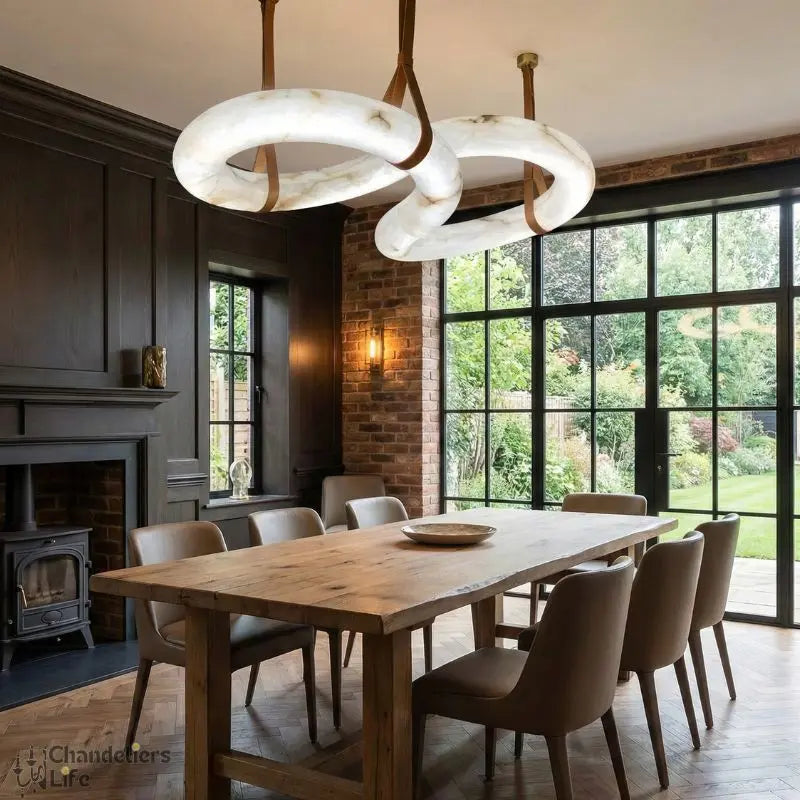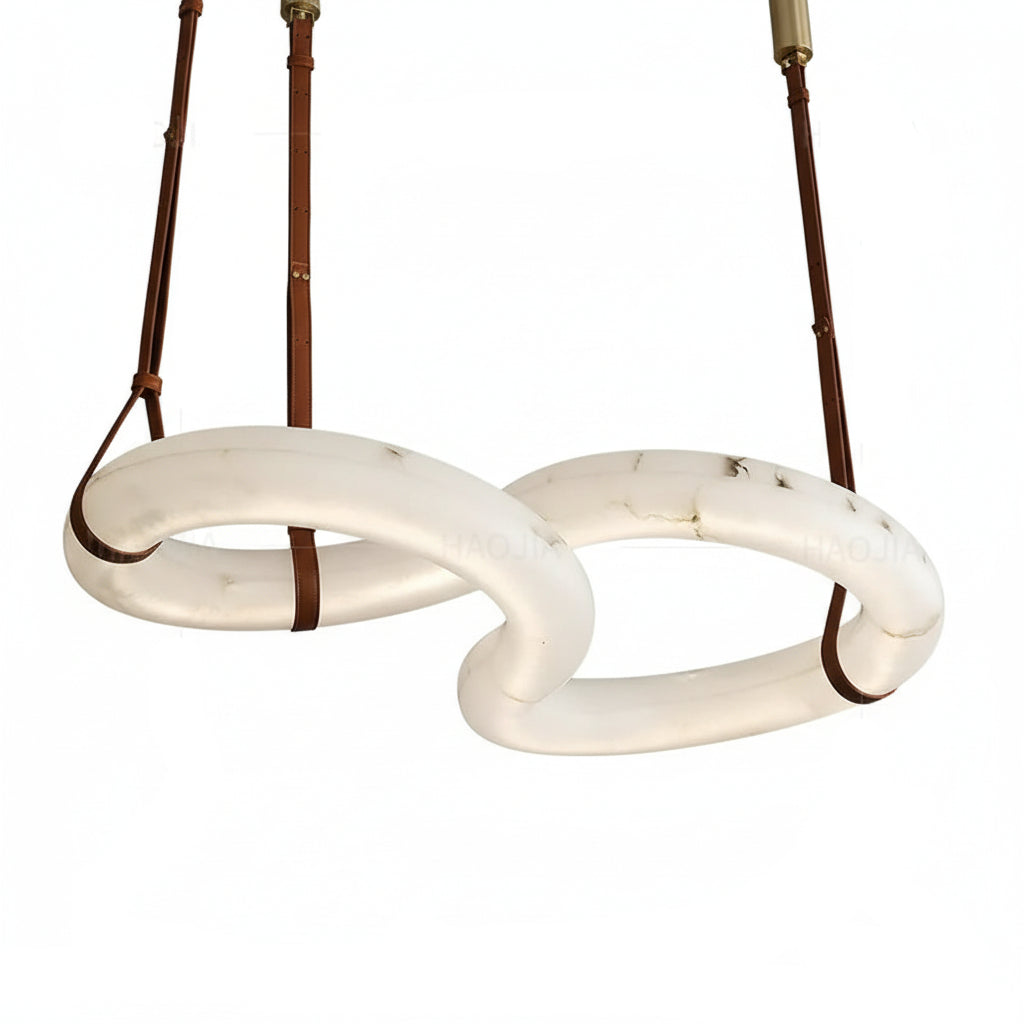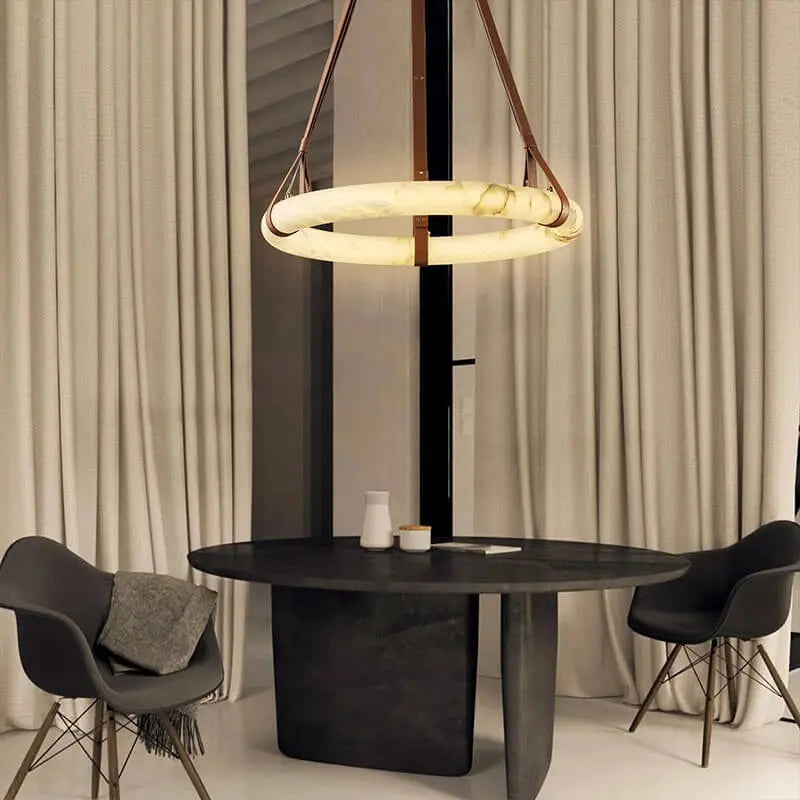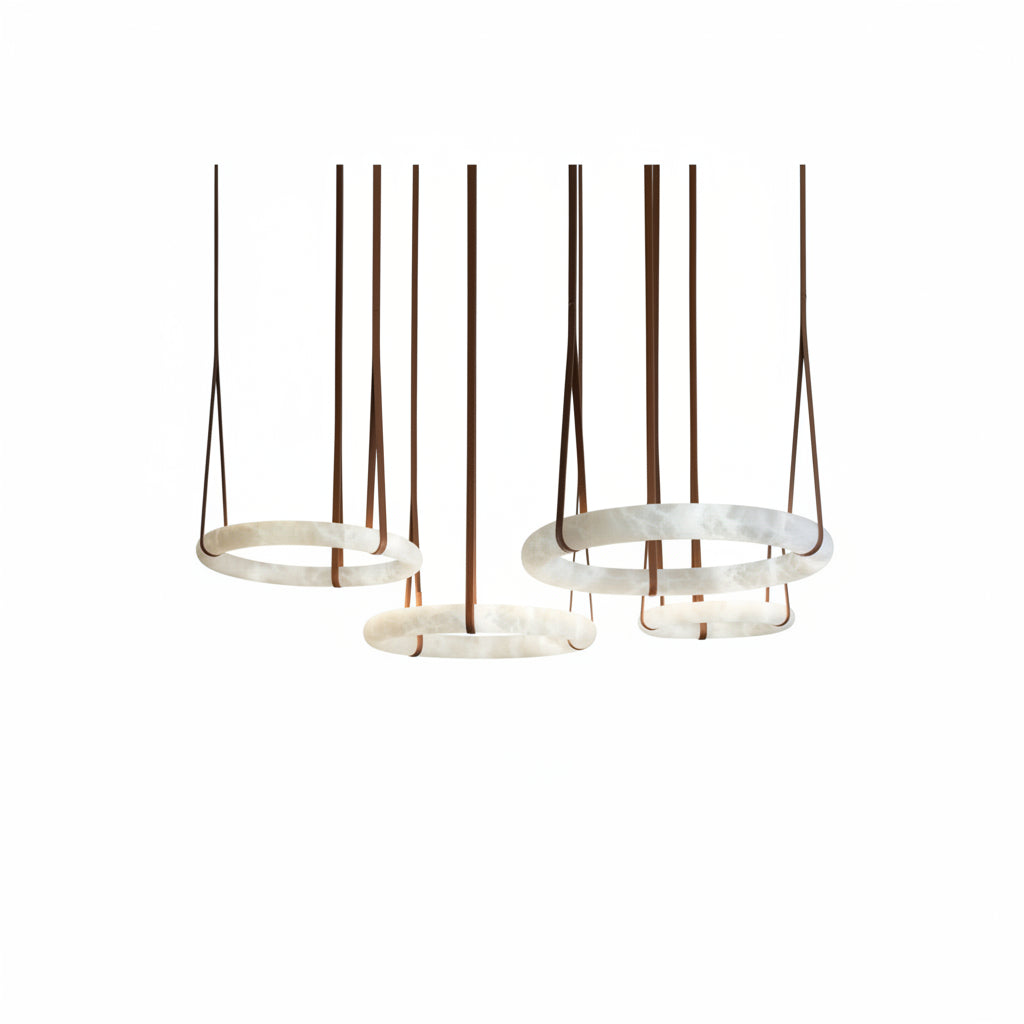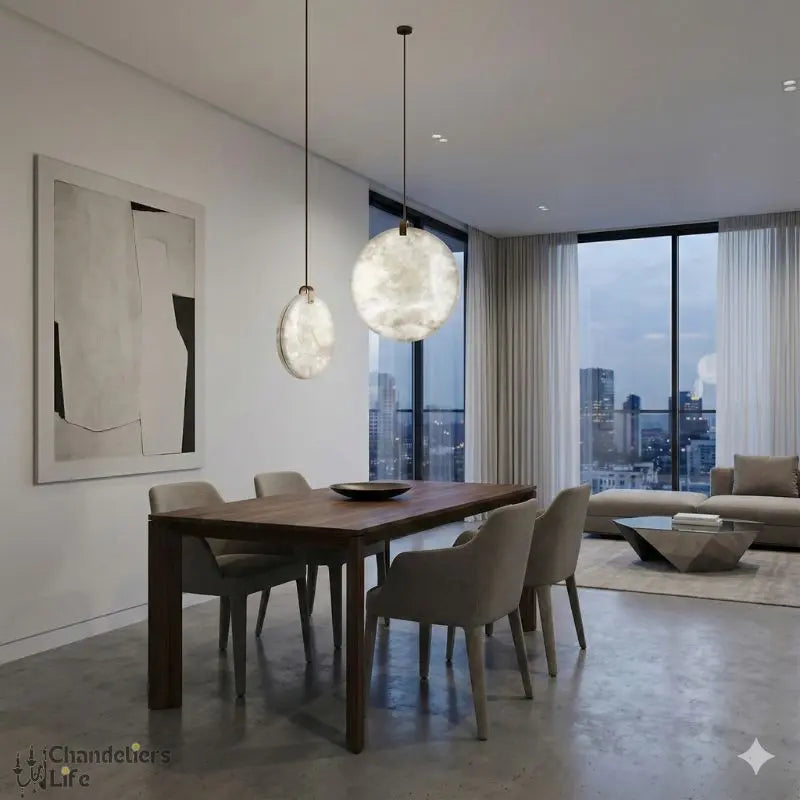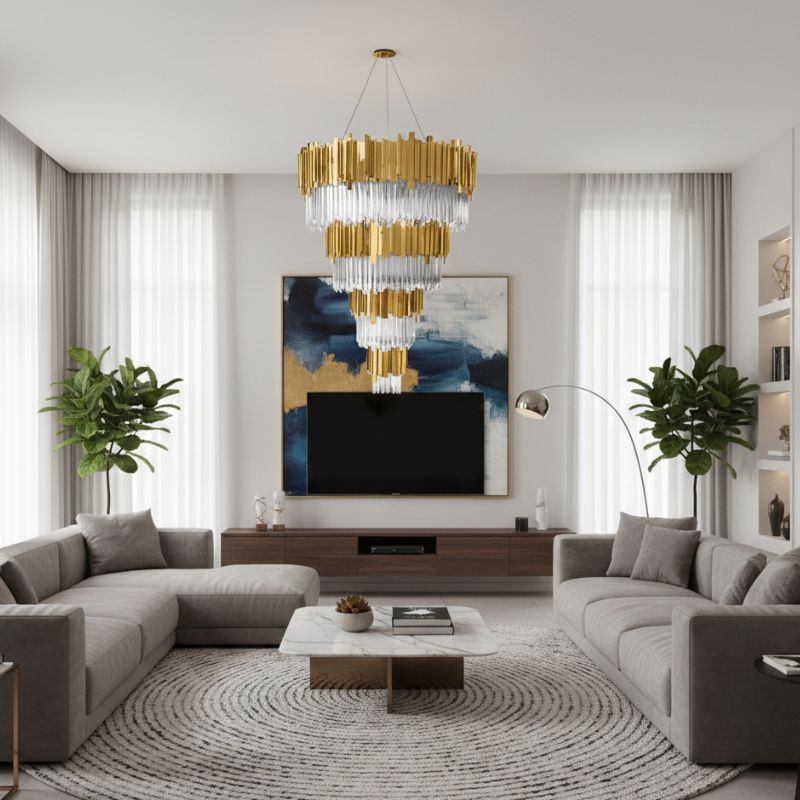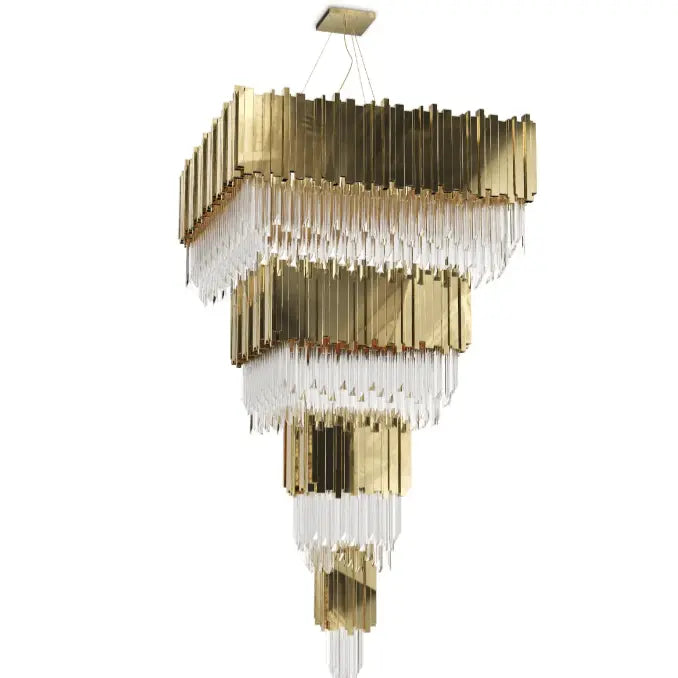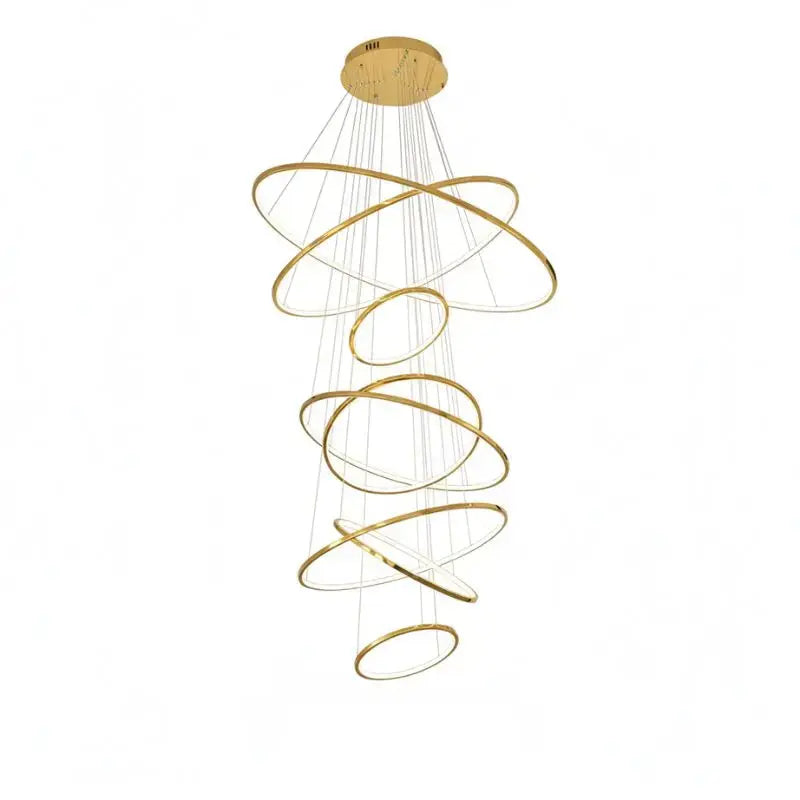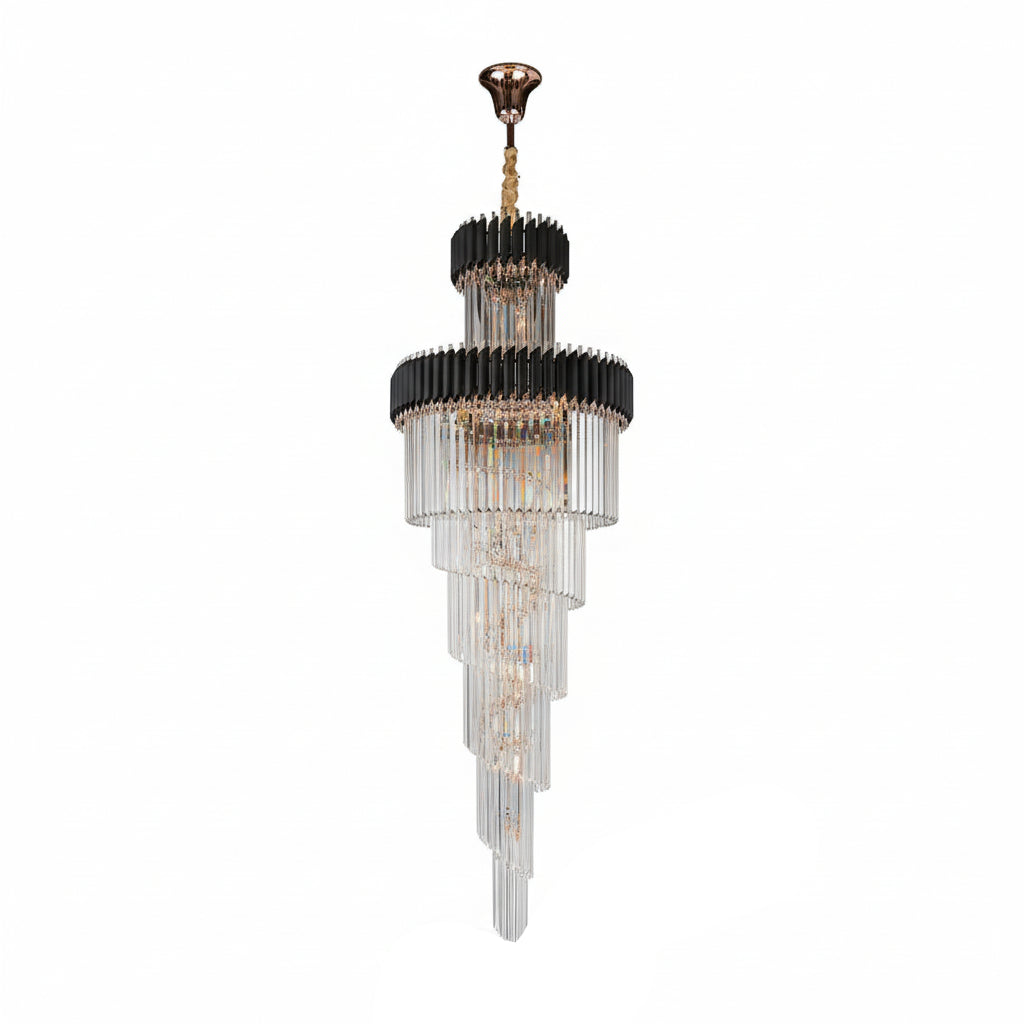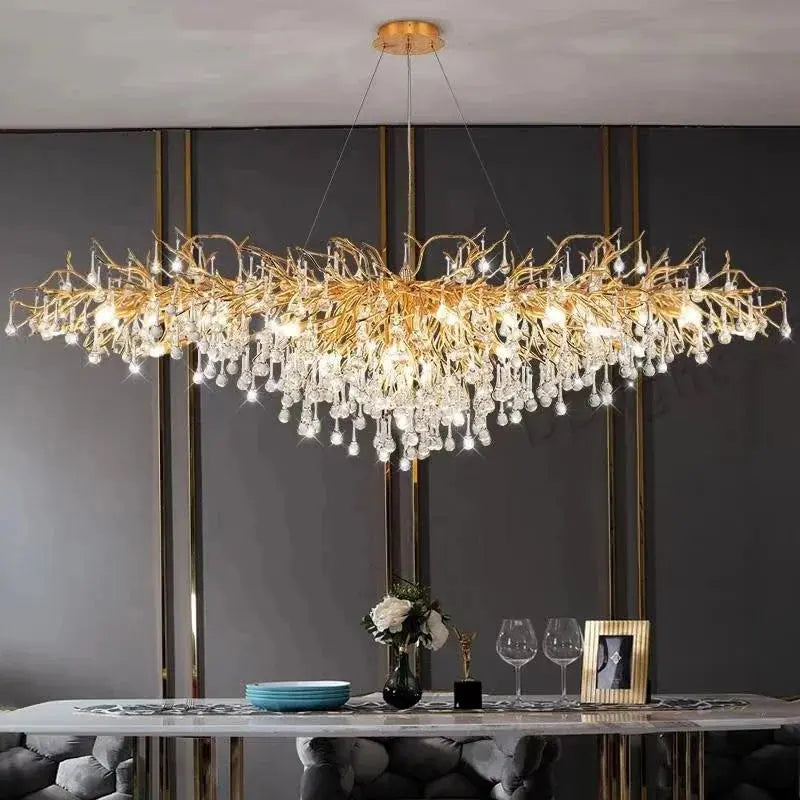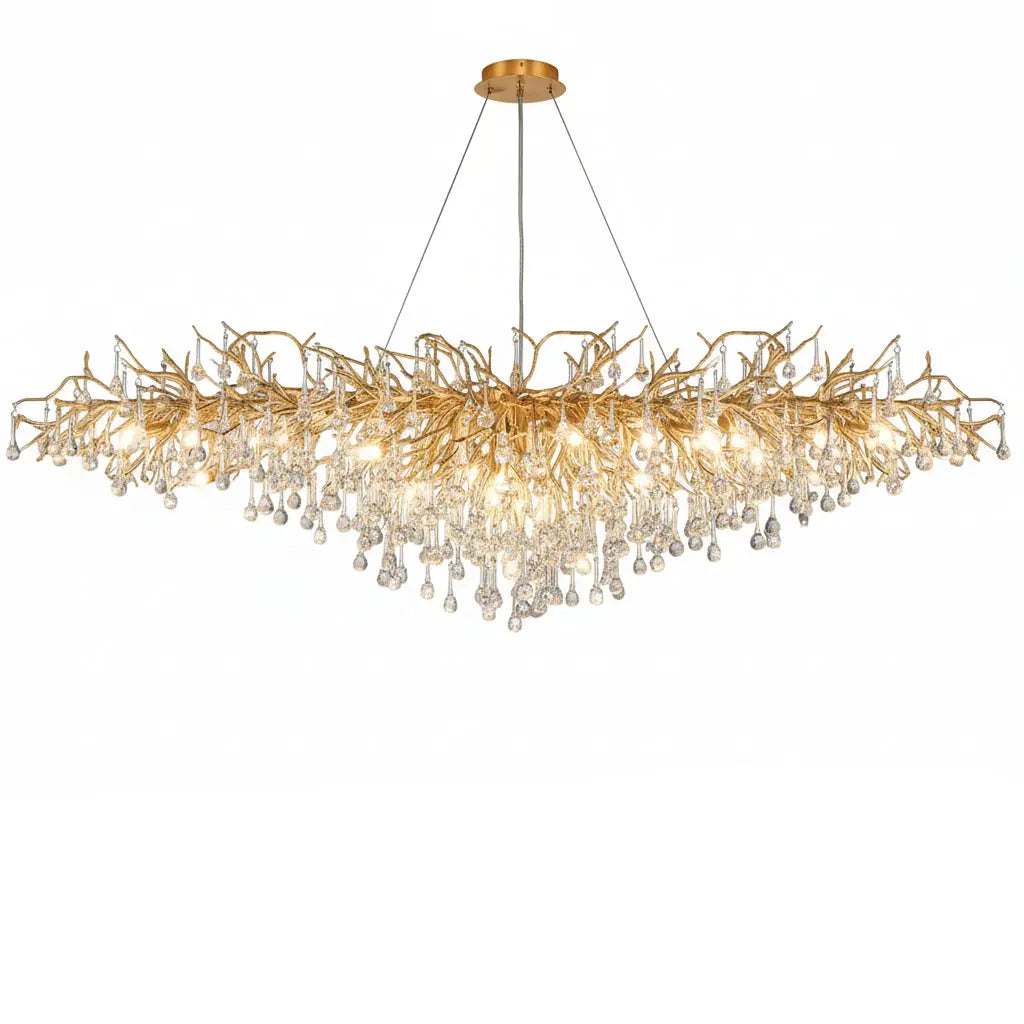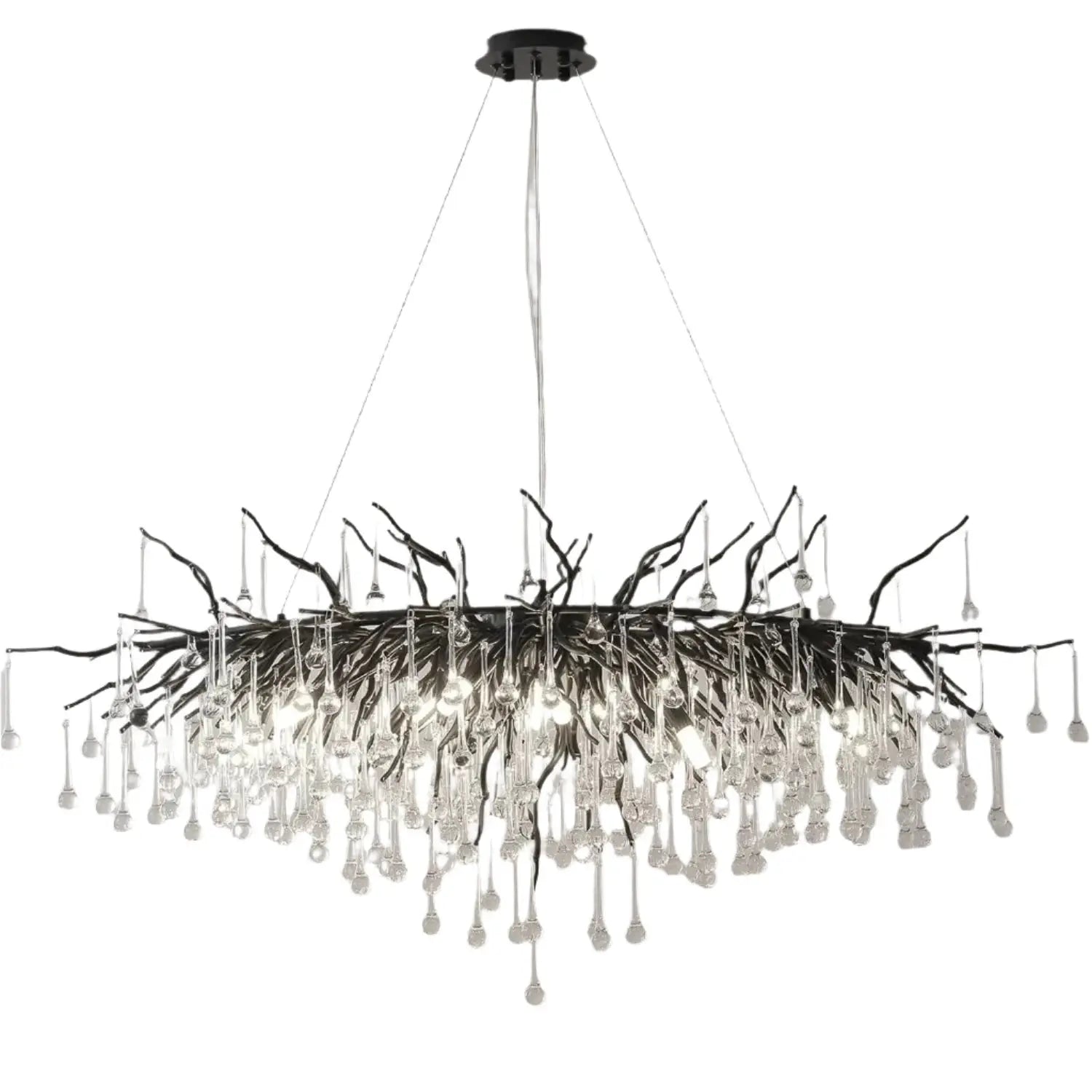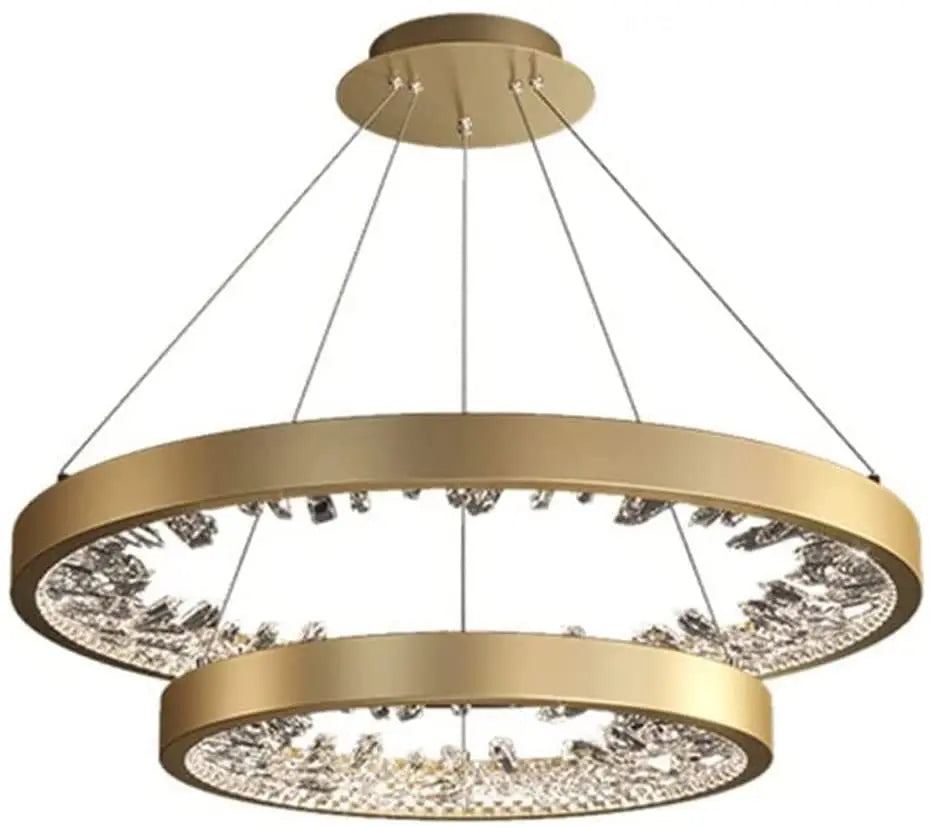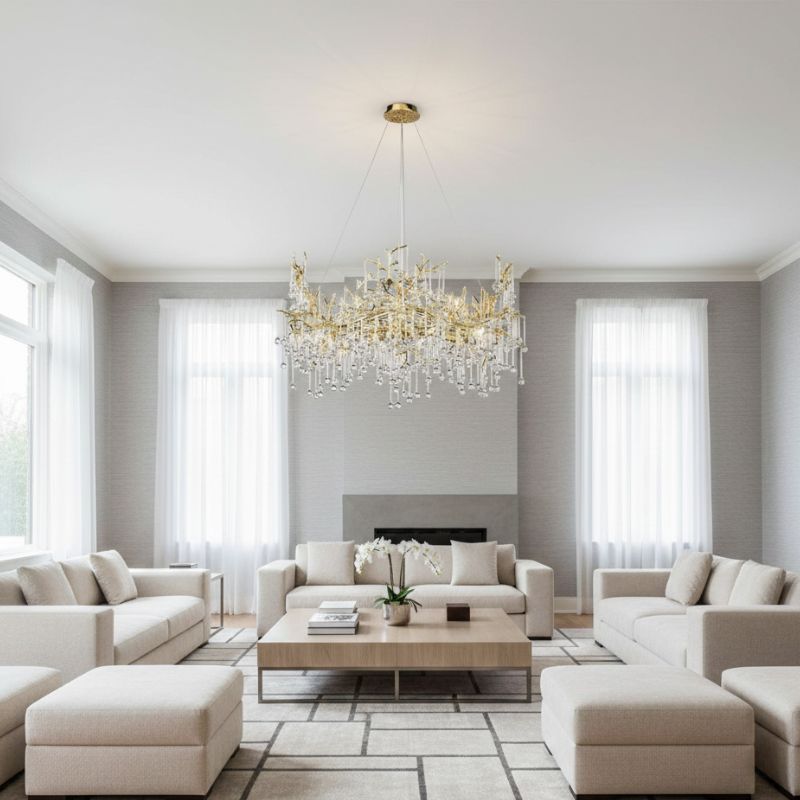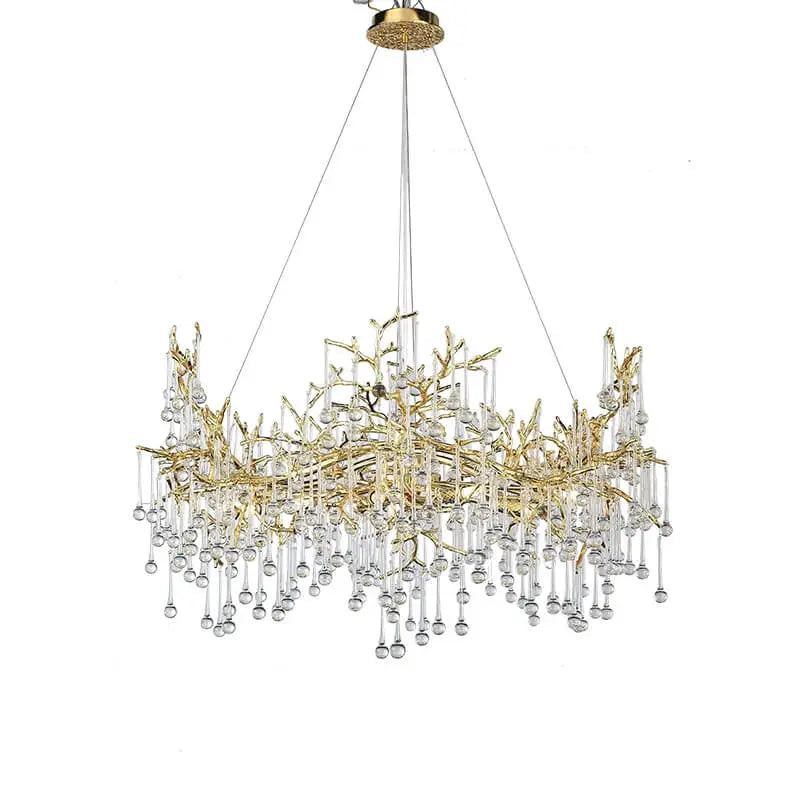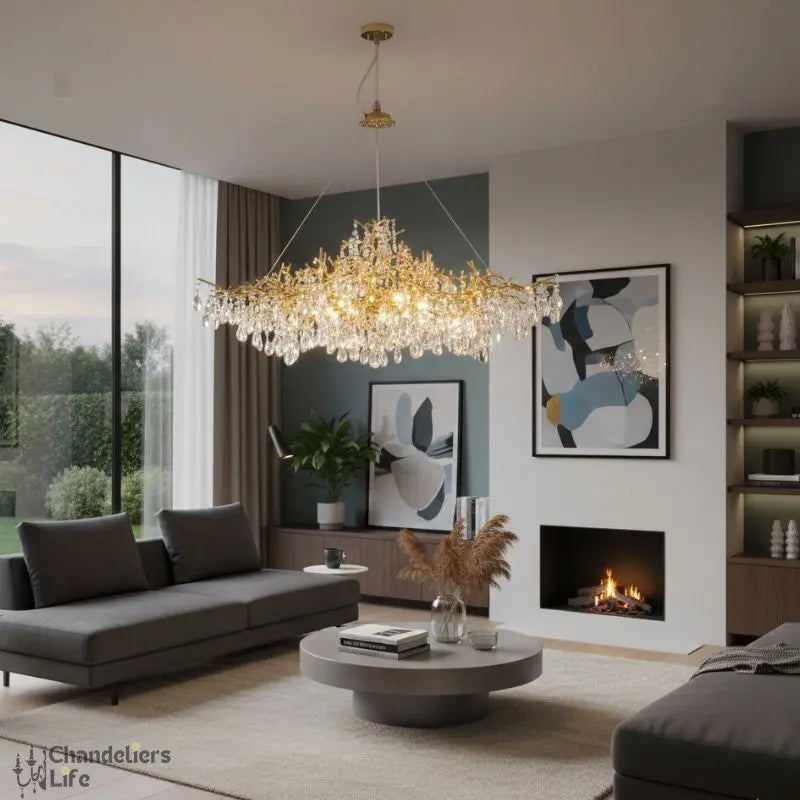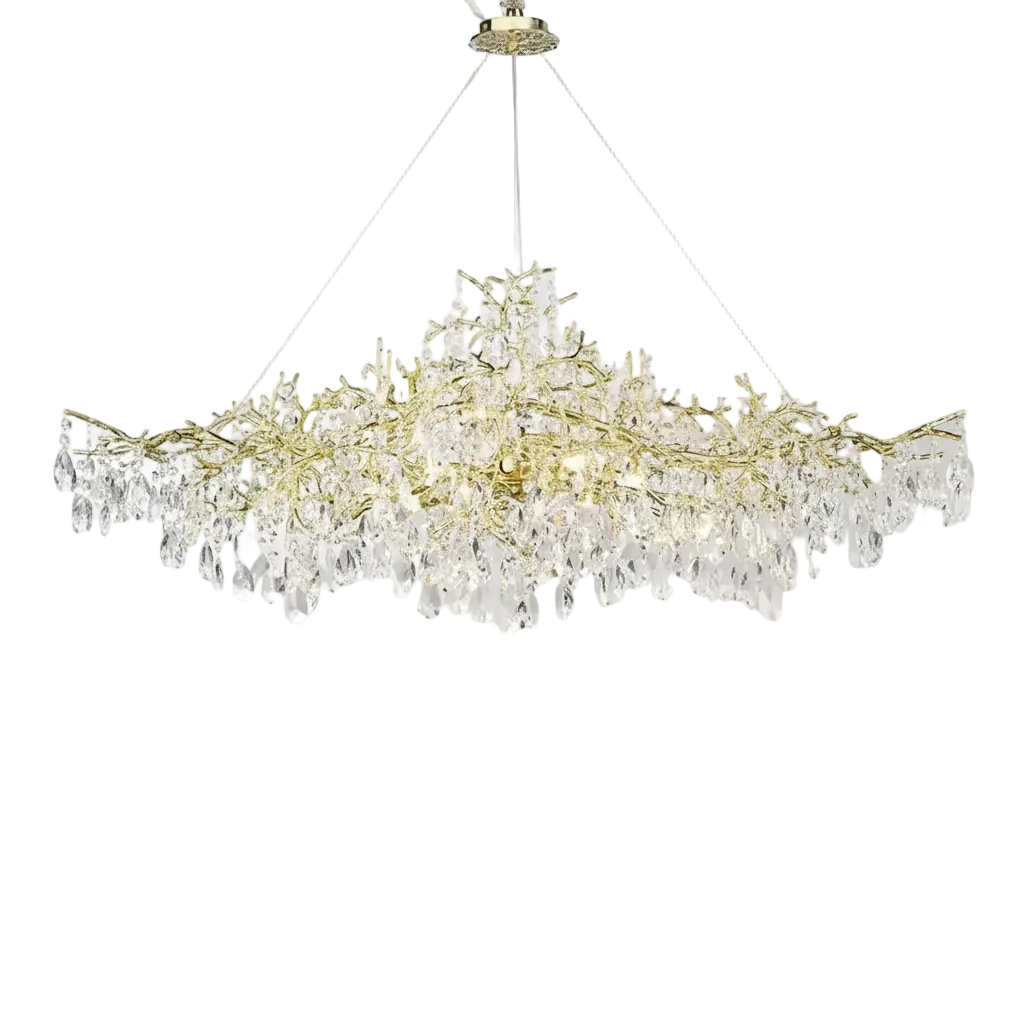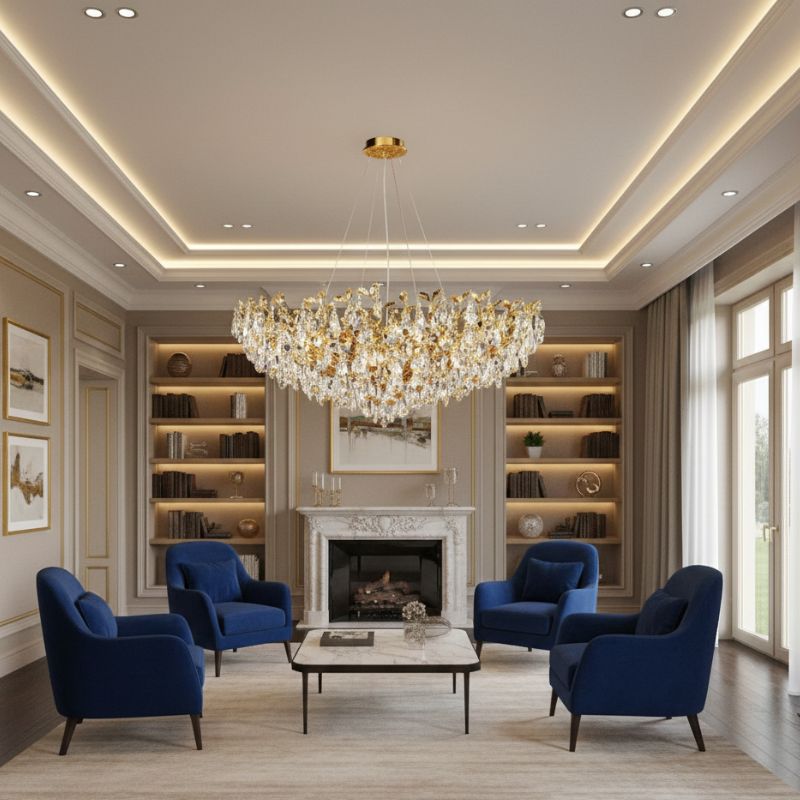Arranging furniture in your living room can be a fun yet challenging task. Whether you have a big or small space, the right layout can make your room feel cozy and functional. Our experts have shared their top tips to help you create a living room that looks great and works well for your needs.
Key Takeaways
- Understand your living room layout by assessing the space, identifying focal points, and considering traffic flow.
- Choose the right furniture by selecting multi-functional pieces, prioritizing comfort and style, and scaling furniture to fit the room.
- Create a focal point using a fireplace, TV, or artwork as the main attraction.
- Maximize small living rooms by utilizing vertical space, opting for light and airy furniture, and incorporating mirrors.
- Balance the room with symmetrical or asymmetrical arrangements, distributing visual weight, and using rugs to define areas.
Understanding Your Living Room Layout
Arranging furniture in your living room can be a fun and creative process. Understanding the layout is the first step to making the most of your space. Here are some tips to help you get started.
Choosing the Right Furniture
Selecting Multi-Functional Pieces
When picking furniture, think about items that can serve more than one purpose. For example, a sofa bed can be a couch during the day and a bed at night. Multi-functional pieces help save space and make your living room more versatile.
Prioritizing Comfort and Style
Comfort is key when choosing furniture, but style matters too. Look for pieces that are cozy to sit on and also match your room's look. A comfy chair with a stylish design can make your living room both inviting and beautiful.
Scaling Furniture to Fit the Room
Make sure your furniture fits the size of your living room. Large pieces can make a small room feel cramped, while tiny items can get lost in a big space. Measure your room and pick furniture that fits well without overcrowding the area.
Creating a Focal Point
Using a Fireplace as a Focal Point
A fireplace can naturally draw attention in a living room. Arrange your furniture around it to make it the star of the space. This setup not only highlights the fireplace but also creates a cozy and inviting atmosphere.
Arranging Around a TV
If your TV is the main attraction, position your seating to face it directly. This ensures everyone has a good view. You can also add shelves or cabinets around the TV to enhance its presence and provide extra storage.
Highlighting Artwork or a Feature Wall
Sometimes, a piece of art or a specially designed wall can serve as the focal point. Place your furniture to face this feature, making it the center of attention. This approach adds personality and style to your living room.
A well-chosen focal point gives your living room a sense of purpose and helps you decide how to arrange your furniture.
Maximizing Small Living Rooms
Utilizing Vertical Space
To make the most of a small living room, use vertical wall space. Mounting floating bookshelves can feel less invasive than standing ones. This keeps things off the floor and maximizes the overall space.
Opting for Light and Airy Furniture
Choosing light-colored and airy furniture can make a small room feel bigger. Even the color of your couch can make a difference. Opt for pieces that don't overwhelm the space.
Incorporating Mirrors and Reflective Surfaces
Mirrors and reflective surfaces can create the illusion of a larger room. Place mirrors strategically to reflect light and open up the space.
When working in a small space, emphasizing height is essential for creating the illusion of a spacious room.
Balancing the Room
Balancing your living room is key to creating a comfortable and inviting space. Balance is always important in decorating, especially when arranging furniture and other items in your living room. Consider both the size and placement of the various pieces, making sure not to group all the large or small pieces in one area or to one side of the room, which can make the space feel lopsided and a little unsettling. Also, make sure there’s variety in the shapes—if you’ve got straight-lined seating, for example, consider choosing a round coffee table.
Incorporating Versatile Accent Furniture
Choosing Storage-Integrated Pieces
When picking furniture for your living room, it's smart to choose items that can do more than one thing. For example, a coffee table with hidden storage can help keep your space tidy. This is especially useful in small living rooms where every inch counts. Look for pieces that can display items on top while hiding clutter inside.
Adding Extra Seating Options
Extra seating is always a good idea, especially when you have guests over. Consider stools or benches that can be easily moved around. These pieces can be tucked away when not in use, making your living room more flexible. Nesting tables are also a great option for tight spaces.
Using Accent Tables Effectively
Accent tables like side tables and coffee tables can make a big difference in your living room. Round tables are easier to walk around and can fit into tight spots. If you need more flexibility, try using nesting tables. They can be separated when you need more surface area and stacked together to save space.
In a small living room, versatile furniture can make a big impact. Choose pieces that serve multiple purposes to maximize your space and keep it looking stylish.
Adapting to Different Living Room Shapes
Arranging Furniture in a Long and Narrow Room
Long and narrow living rooms can be tricky to arrange. Create zones to make the space feel more functional. Place the sofa on the long wall and position the TV directly across from it. This setup helps in defining areas for different activities.
Dealing with Boxy Living Rooms
If your living room is boxy, try a diagonal layout. This adds more dimension and makes the room feel less rigid. Use the sofa and coffee table to establish the diagonal axis, then arrange additional seating along that line.
Handling Open-Concept Spaces
Open-concept spaces offer flexibility but can also present challenges, such as less wall space for furniture and TV placement. Use furniture to create zones within the open area. For example, a sofa can act as a divider between the living and dining areas.
Every living room has its own unique shape and size, which can make decorating a bit tricky. But don't worry, we've got you covered! Whether your space is large, small, or somewhere in between, there are plenty of ways to make it look amazing. Want to learn more tips and tricks for your living room? Visit our website for more ideas and inspiration!
Conclusion
Arranging furniture in your living room can seem like a big task, but with the right tips, it becomes a fun and creative process. Remember, there's no one-size-fits-all solution. It's all about finding what works best for your space and your lifestyle. Whether your room is small or large, the key is to make it comfortable and functional. Don't be afraid to experiment with different layouts and pieces until you find the perfect fit. Happy decorating!
Frequently Asked Questions
How do I start arranging furniture in my living room?
Begin by assessing the space. Measure your living room and note any windows, doors, or built-in features. Identify the focal point of the room, like a fireplace or TV, and consider the natural traffic flow.
What furniture should I choose for a small living room?
Opt for multi-functional pieces, like a sofa with storage or a coffee table that can double as a desk. Light and airy furniture can make the room feel larger, and mirrors can help reflect light and create a sense of space.
How can I make my living room look balanced?
Balance can be achieved through symmetrical or asymmetrical arrangements. Distribute visual weight evenly by pairing chairs or using rugs to define areas. Make sure to leave enough space for movement.
What should be the focal point in my living room?
Common focal points include fireplaces, TVs, or a piece of artwork. Arrange your furniture to highlight this feature, ensuring it draws attention and anchors the room.
How can I maximize space in a small living room?
Use vertical space with shelves or tall furniture. Choose light-colored furniture to keep the room feeling open, and incorporate mirrors to reflect light and create depth.
How do I arrange furniture in an open-concept living room?
Define different areas using rugs, furniture placement, and lighting. Arrange seating to create cozy conversation spots while maintaining a sense of flow throughout the space.






